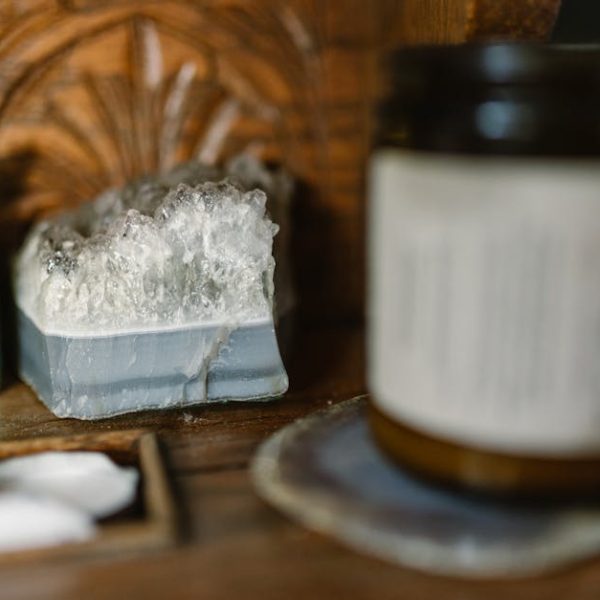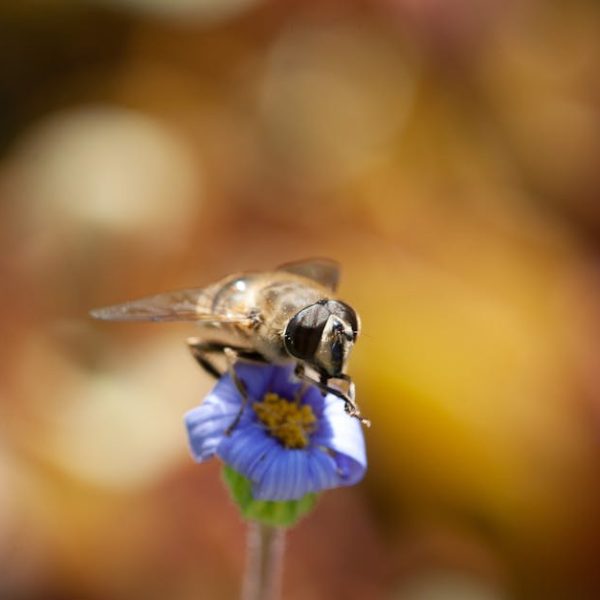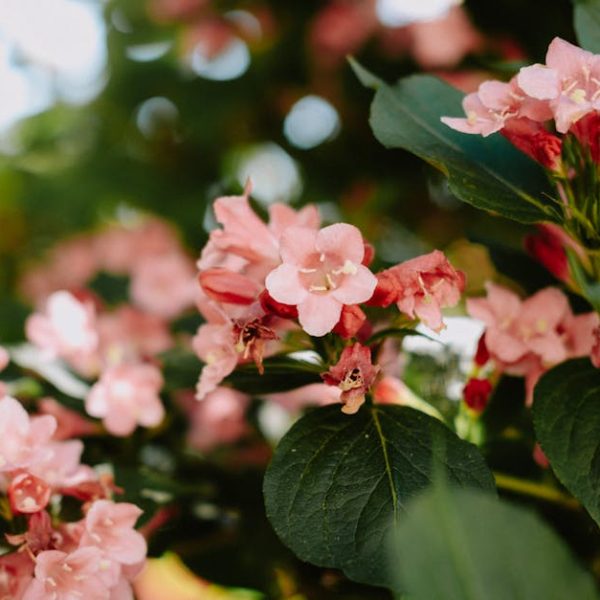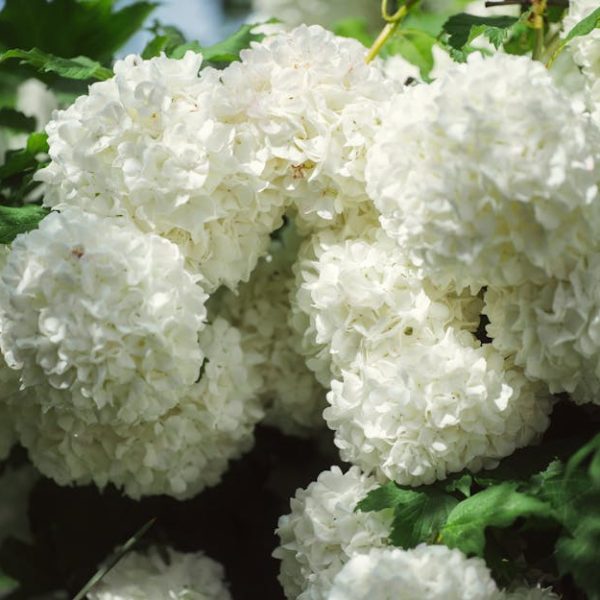In the realm of leafy greens, lettuce reigns supreme. With its extensive types, lettuce is an essential cornerstone of a healthy diet, promising a wealth of nutrients and distinctive flavors. Our journey across lettuce land will help you unravel the complexities of each type, enabling you to make an informed choice, whether it’s for your garden or your plate.
Understanding the Basics: Types of Lettuce
Lettuces are generally categorized into four major types: Butterhead, Cos (Romaine), Crisphead, and Leaf. Each of these come with their own unique characteristics and cultivation needs.
*Butterhead:* Butterhead lettuces, often referred to as Boston or Bibb lettuce, are known for their loose, round-shaped heads of tender, sweet leaves.
*Cos (Romaine):* Romaine lettuces, commonly part of Caesar salads, have long, dark leaves with a crisp texture and strong flavor.
*Crisphead:* Famously known as Iceberg lettuce, Crisphead is praised for its large, solid head and crunchy texture.
*Leaf:* Leaf lettuce, identifiable by loose bunches of leaves, comes in multitudes of colors and leaf shapes, adding a visual appeal to your garden and dishes.
Pro Tip: Understand the specific growing conditions for each lettuce type. Most lettuces prefer cool temperatures, full sun to partial shading, and well-drained soils.
Butterhead Lettuce: Beyond the Leaf
Butterhead lettuce is an ideal starting point. Its unique, buttery texture and delicate, mildly sweet taste make it a crowd-pleaser. Buttery green or yellowish leaves form round, compact heads. Notable varieties include Buttercrunch, Sangria, and Summer Bibb.
When it comes to cultivation, Butterhead lettuce prefers cool temperatures and moist, well-drained soil. Regular watering and light fertilization can ensure that its tender leaves remain healthy and flavorful.
Comparing Butterhead lettuce with other lettuce types, the main aspects distinguishing it are its buttery texture and mild flavor, along with its compact size. However, it isn’t heat-tolerant and has a relatively short shelf life.
Romaine / Cos Lettuce: A Gardener’s Dream
Romaine lettuce, also known as Cos, is a favorite amongst gardeners and foodies alike. Coastline, Eruption, and Parris Island are some standout varieties known for their tall, upright growth pattern, strong flavor, and prolonged harvest. Romaine lettuce requires rich, well-drained soil and plenty of sunlight for optimal growth.
When compared to Crisphead lettuce, Romaine offers a stronger flavor and crispier texture, making it the preferred choice in salads like Caesar. Moreover, it’s more heat-tolerant and nutrient-dense than Crisphead lettuce.
Discover Crisphead Lettuce: An Excellent Addition to Salads
Crisphead lettuce, aptly named for its crisp texture, is the most recognized type of lettuce, with Iceberg being its most famous variety. This lettuce has tightly packed leaves, which give it a ball-like appearance, and delivers a distinct crunch in every bite. It preferrs cooler climates for cultivation, and requires well-drained, fertile soil.
Your checklist for successful Crisphead lettuce cultivation:
- Start the seeds indoors around 4-6 weeks before the last frost.
- Transplant seedlings outdoors when they have at least two true leaves.
- Space the plants approximately 12 inches apart.
- Water regularly to keep the soil moist but not soggy.
Pro Tip: Store your Crisphead lettuce in the fridge wrapped in paper towels and a plastic bag to retain its crispness and freshness.
Leaf Lettuce: A Bounty of Colorful Choices
Leaf lettuces, like Red Leaf and Green Leaf, offer a variety of colors, shapes, and flavors. Their soft, tender leaves can be curly or flat, and range in color from deep red and purple to vibrant greens. These lettuces tend to be more heat-tolerant and can be harvested as baby greens or mature leaves depending on your preference.
Comparative key points considering leaf lettuce and other types:
- Texture: Leaf lettuce offers a slightly softer texture than other lettuce types.
- Nutritional content: Leaf lettuces are richer in vitamins and minerals, especially vitamin A and C.
- Versatility: Considered most versatile, leaf lettuce can be used in salads, wraps, or even cooked.
Best practices for leaf lettuce include regular watering, harvesting the outer leaves first, and storing in a cool place to maintain the flavor and nutrient levels.
Navigating Lesser-Known But Worth-Exploring Lettuce Varieties
There are some lesser-known lettuce varieties, like Summer Crisp, Batavian, and Oak leaf, which can be a delightful addition to your garden and meals. These varieties are known for their heat tolerance and unique flavors. Summer Crisp, for instance, combines the sweetness of Butterhead and the crispness of Iceberg, making it a perfect summer crop.
Growing and using these unique varieties can be quite rewarding:
- Space the plants to allow plenty of air circulation to prevent disease.
- Rotate your crops to maintain healthy soil.
- Try mixing these with other greens in salads for a vibrant array of flavors and textures.
Though lesser-known, these lettuce varieties are equally nutritious and sometimes even more flavorful than the popular ones. They might require a little more care, but the result will be a crop so tasty and healthy that you’ll never go back to the usual varieties.
Pro Tip: Gradually incorporate these unique lettuce varieties into your diet for a diverse palate and added nutritional benefits.
Key Takeaway:
- There are four major types of lettuce: Butterhead, Cos (Romaine), Crisphead, and Leaf, each with their unique taste, texture, and cultivation requirements.
- Butterhead lettuce is distinctive for its buttery texture and delicate sweet taste, but it isn’t heat-tolerant and has a shorter shelf life.
- Romaine lettuce is more heat-tolerant and nutrient-dense than Crisphead lettuce, and is known for its strong flavor and crisp texture.
- Crisphead lettuce, commonly known as Iceberg, is most recognized for its crispness and requires cool growing conditions.
- Leaf lettuce is versatile with its varied colors, shapes, and flavors and is more heat-tolerant.
- The lesser-known lettuce types like Summer Crisp, Batavian, and Oak leaf offer unique flavors and are highly heat tolerant.
Despite the particular preferences and requirements of different lettuce types, growing them can be a rewarding experience. Lettuce isn’t just a nutritious addition to your meals, but with its varying colors and textures, it can turn your garden into a visual delight. Remember, every lettuce type is unique, and understanding their distinct needs will ensure they flourish.
FAQs
Q: Can I grow different types of lettuce together?
A: Yes, you can grow different lettuce types together, provided they have similar growing conditions. However, ensure enough space between plants to prevent overcrowding and potential spread of diseases.
Q: Which type of lettuce grows the fastest?
A: Leaf lettuce generally grows faster than other types and is ready for harvest within 30-45 days from planting.
Q: Can lettuce be grown year-round?
A: Although lettuce is a cool-weather crop, some varieties like Romaine and Leaf lettuce are more heat-tolerant and can be grown in warmer months as well.
Q: Why is my lettuce bitter?
A: Lettuce can become bitter due to high temperatures or insufficient water. Regular watering and shade protection during hot weather can prevent this.
Q: Is it necessary to wash lettuce before storage?
A: While it’s advisable to wash lettuce before eating, avoid washing before storage as moisture can accelerate wilting. Store unwashed in a plastic bag in the fridge, and wash just before use.
Feel free to explore more articles on our website, and don’t forget to share this guide with your fellow garden enthusiasts!






